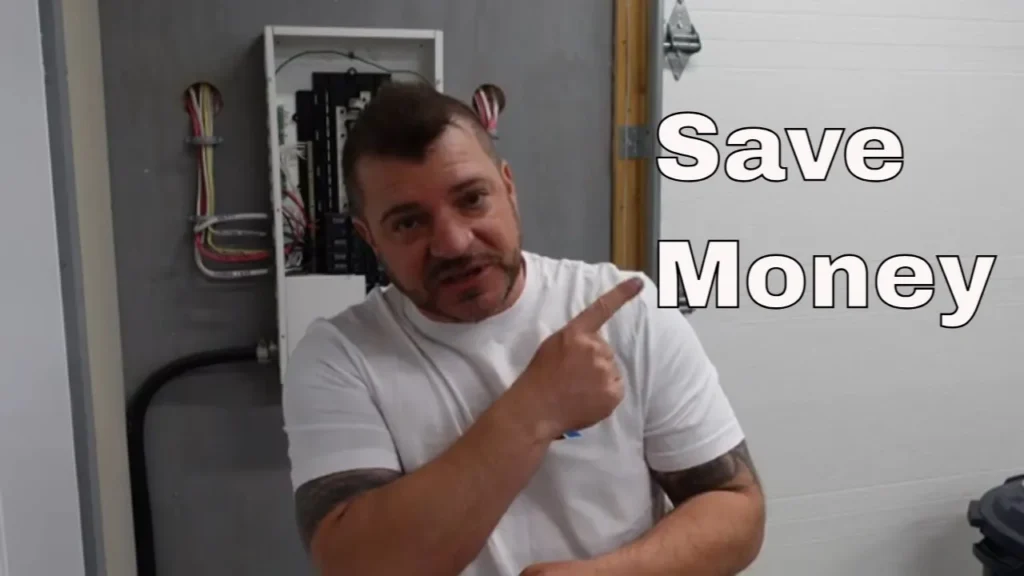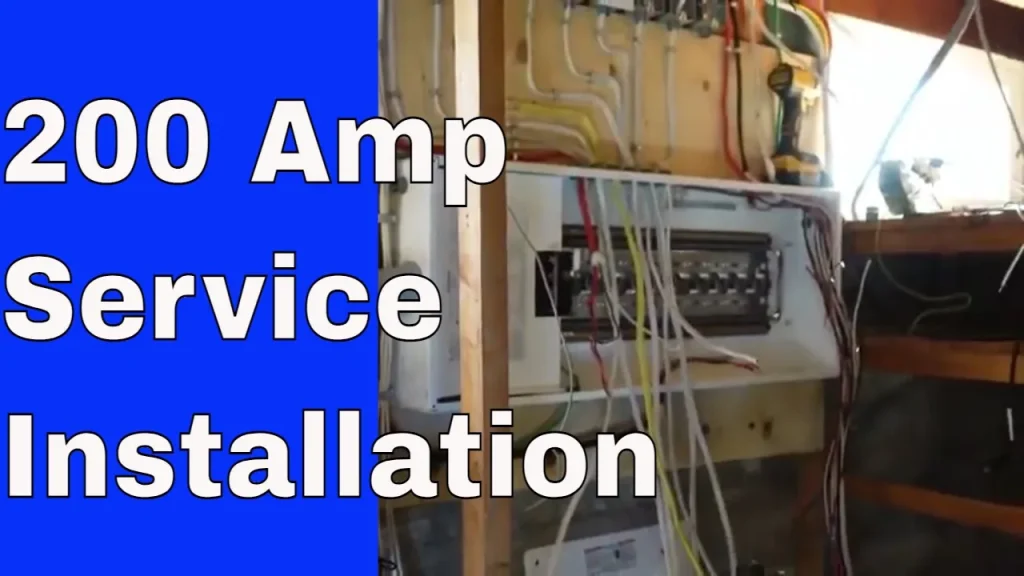How Deep Does Electrical Have To Be Buried. Today, we’re talking about underground wiring, specifically how deep a trench needs to be when it runs under a driveway compared to a non-driveway area. Stick around, and we’ll walk you through the details.
Underground Power Conduit Trench Setup
We’re currently running power into a new house, and as you can see, the power runs up the pole and then down through a trench.
Because this section runs under a driveway, which is a vehicle area, the required depth is 36 inches (900 mm) to grade.
At the bottom of the trench, there’s about 6 inches of red sifted sand. The code requirement is 3 inches below the conduit and 3 inches above it, so we’re well within that range. This sand protects the conduit and cable from sharp objects or shifting ground.
The rest of the sand you see along the trench is ready to go back in, along with the burial tape that will be added before final backfill.
Digging Tips
We typically ask the excavator to dig the trench to 4 feet deep because, in practice, trenches often end up slightly shallower once everything settles. It’s extremely important to ensure that under any driveway, the trench depth meets that 36-inch minimum requirement.
For non-vehicle areas, like running cable through a yard, the required depth here in Canada is 18 inches (450 mm).
So to summarize:
- Under a driveway or vehicle area: 36 inches (900 mm)
- In a yard or non-vehicle area: 18 inches (450 mm)
Separation Between Power and Communication Lines
When running both power and communication lines, there must be 1 foot (300 mm) of separation between the two.
You can see in our setup that we’ve maintained that separation throughout the trench — the communication conduit runs up the same pole, but they’re kept apart for safety and code compliance.
Inspection and Backfilling Process
After inspection, the trench gets another 3 to 6 inches of sand over the conduit. Then it’s backfilled to within 6 inches of the surface, where burial tape or caution tape is laid. Finally, the last 6 inches of soil are added to bring it up to grade.
That burial tape acts as a warning barrier. If anyone digs in the future, they’ll hit that tape first — a clear sign there’s electrical wiring below.
Final Steps
As you can see here, we’re filling in the trench now. The sand has been placed, and the burial tape is going down 6 inches below the surface. In some sections, we used a bit more sand than required — closer to 7 or 8 inches — but that’s fine as long as the conduit is fully protected.
Once everything is leveled off, that’s the end of the trench installation.
Wrapping Up
And that’s it for today’s topic on underground wiring trench depths.
Remember: never perform your own electrical work — always consult a licensed electrician in your area.
Thanks for watching, and we’ll see you in the next one!


